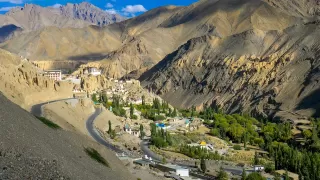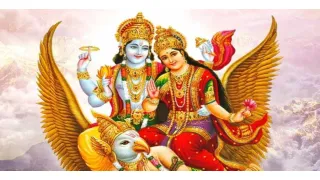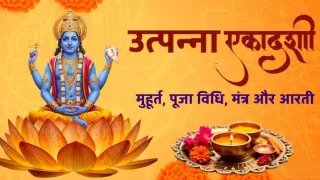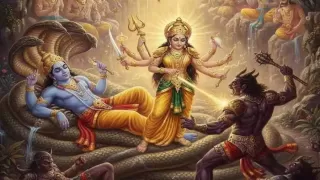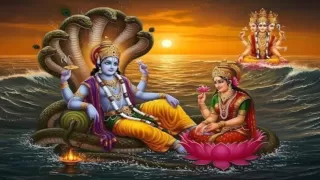Kumbh Mela is the biggest and holiest fair of Hinduism. There are many mythological stories about how it started, let's know about it.
Mythological Story of Maha Kumbh
The most popular story is related to Samudra Manthan. When the gods and demons churned the ocean together, Amrit (nectar) came out of it. There was a war between the two to get this Amrit. During this, a few drops of Amrit Kalash fell at four places - Prayagraj, Haridwar, Nashik and Ujjain. It is believed that wherever the drops of Amrit fell at these places, Kumbh Mela started being organized there.
Organizing the Kumbh Mela

The Kumbh Mela is India's largest and most sacred religious gathering. It is held once every twelve years at the confluence of four holy rivers - the Ganga, Yamuna, Godavari and Kaveri.
Where and when is the Kumbh Mela organised?
Kumbh Mela is held at four major places in India:
Prayagraj (Allahabad): At the confluence of the Ganga and Yamuna rivers.
Haridwar: On the banks of the Ganga River.
Nashik: On the banks of the Godavari River.
Ujjain: On the banks of the Shipra River.
Once in every twelve years, Maha Kumbh is organized in turn at these four places. Apart from this, Ardha Kumbh is organized every six years.
How is Kumbh Mela organised?
Organising Kumbh Mela is a complex process involving the participation of millions of people. It involves the following steps:
Date determination: The date of Kumbh Mela is determined by astronomers based on the position of planets.
Preparation: Extensive preparations are made by the government, local administration and religious organisations to organise the fair.
Royal bath: The most important day in Kumbh Mela is the royal bath. On this day, millions of devotees take a dip in the holy river.
Religious rituals: Various religious rituals, havans and prayers are performed during Kumbh Mela.
Fair area: A huge area is marked for the fair where tents, dharamshalas and food stalls are set up.
Importance of Kumbh Mela

Kumbh Mela is not just a fair but a spiritual, cultural and social event that has immense significance in Hinduism. It is one of the largest and oldest religious gatherings in India.
The importance of Kumbh Mela is due to the following reasons:
Religious significance:
Holy bath: It is believed that bathing in holy rivers during Kumbh Mela gives salvation.
Destruction of sins: It is believed that bathing in Kumbh Mela washes away all sins and purifies the mind.
Blessings of the Gods: Kumbh Mela is considered an opportunity to receive the blessings of the Gods.
Cultural significance
Symbol of Indian culture: Kumbh Mela is a living symbol of Indian culture.
Confluence of different cultures: People from different parts of the country come here and showcase their culture.
Cultural heritage: Kumbh Mela reflects the cultural heritage of India.
Social significance
Unity and brotherhood: Kumbh Mela brings people together and gives the message of unity and brotherhood.
Social harmony: It promotes social harmony.
Social service: Many voluntary organizations perform social service works in Kumbh Mela.
Spiritual significance
Enlightenment: Kumbh Mela provides an opportunity to attain enlightenment.
Attainment of Moksha: It is believed that visiting Kumbh Mela leads to attainment of Moksha.
Spiritual Development: Kumbh Mela provides a platform for spiritual development.
Tourism Importance:
Promotion of Tourism: Kumbh Mela promotes tourism in India.
Economic Development: It strengthens the local economy.
Some interesting facts related to Kumbh Mela

- Kumbh Mela is the largest religious gathering in the world.
- Millions of saints and sages participate in the Kumbh Mela.
- People from different states and countries participate in the Kumbh Mela.
- Various types of art and culture are showcased in the Kumbh Mela.
Kumbh Mela is not just a fair but an experience that is remembered for a lifetime.

















